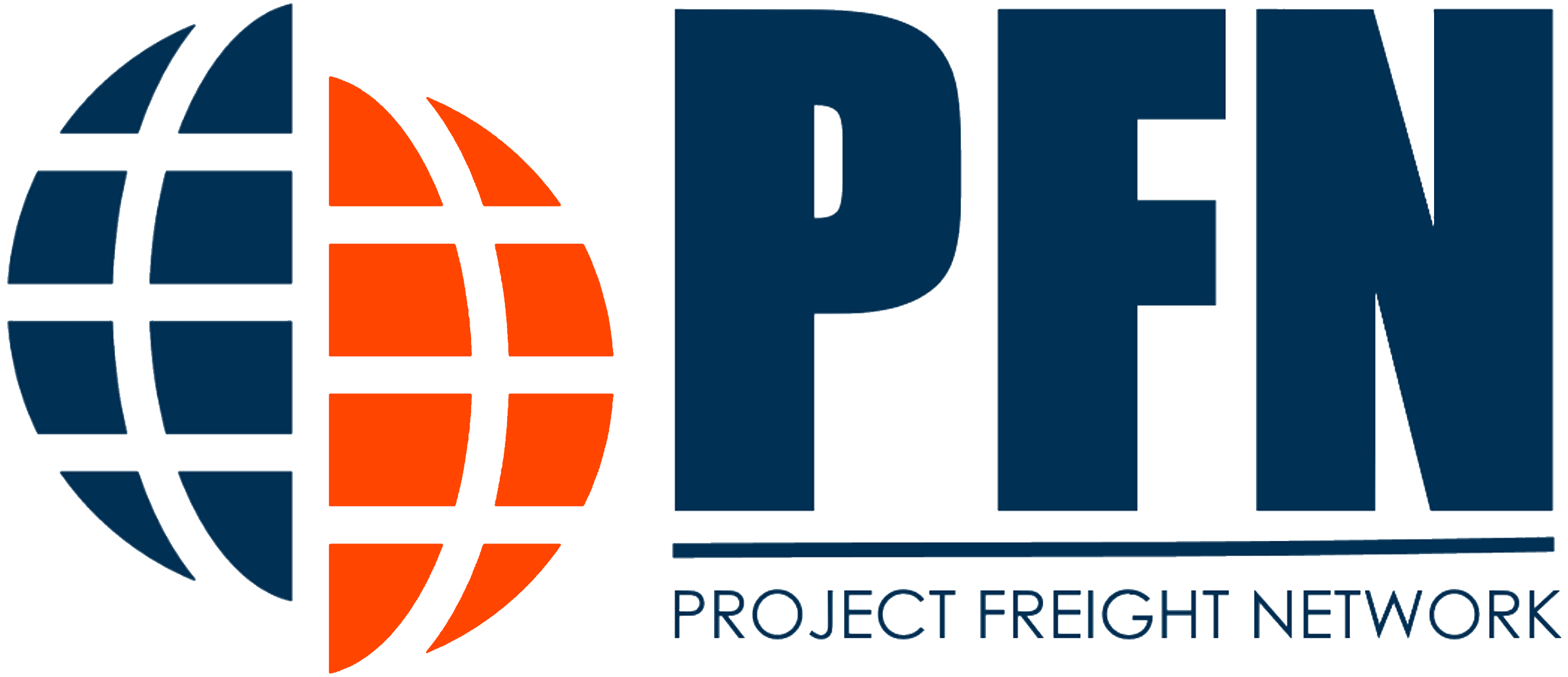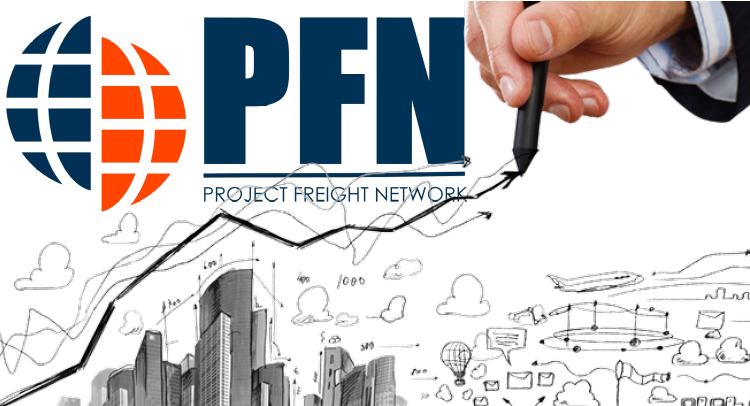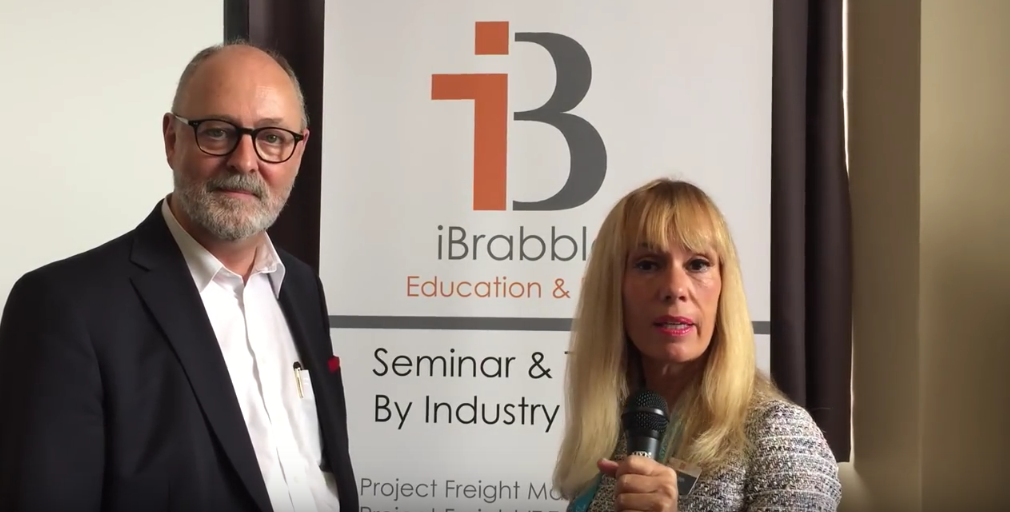Introduction
In this article, we address a common challenge faced by project freight forwarders: dealing with a budget that has exceeded the initial allocation by 10 percent. Our aim is to provide you with practical insights and strategies to effectively manage this situation and ensure project success.
Understanding the Budget Overrun
When a project’s budget surpasses the planned limit by 10 percent, it’s crucial to promptly assess the underlying causes and take appropriate actions. By understanding the reasons behind the budget overrun, you can develop a comprehensive plan to mitigate its impact and prevent further escalation.
Identifying Key Factors
To gain a clear understanding of the budget overrun, consider the following factors:
- Scope Creep: Evaluate whether the project’s scope has expanded beyond the initial requirements, resulting in increased costs. Identify any deviations from the original project plan and assess their impact on the budget.
- Unforeseen Risks: Examine any unforeseen risks that have materialized during the project’s execution, such as delays, resource constraints, or regulatory changes. These unexpected challenges can significantly impact the budget.
- Inaccurate Cost Estimates: Review the accuracy of the initial cost estimates. Analyze whether any miscalculations, unrealistic assumptions, or incomplete data contributed to the budget overrun.
- Market Volatility: Assess if external factors, such as fluctuations in fuel prices, currency exchange rates, or raw material costs, have affected the project’s budget. Recognize the influence of these market dynamics on your financial planning.
Developing a Budget Recovery Plan
Once you have identified the factors contributing to the budget overrun, it’s time to develop a comprehensive plan to address the situation. Consider the following steps:
- Reassess the Project Scope: Collaborate with stakeholders to evaluate and redefine the project’s scope. Identify areas where adjustments can be made to align with the available budget. Prioritize critical deliverables and eliminate non-essential elements.
- Cost Optimization: Conduct a thorough review of all project costs, seeking areas where savings can be achieved without compromising the project’s objectives. Explore alternative suppliers, negotiate contracts, or streamline processes to maximize cost efficiency.
- Risk Management: Strengthen your risk management approach by identifying potential risks and implementing proactive measures to mitigate their impact. Establish contingency plans for critical risk factors and ensure regular monitoring to minimize budget fluctuations.
- Communication and Stakeholder Engagement: Maintain open and transparent communication channels with project stakeholders. Clearly communicate the budget overrun situation, along with your recovery plan and its potential implications. Seek their support and involvement to secure necessary approvals and resources.
- Continuous Monitoring and Control: Implement robust monitoring mechanisms to track project expenses in real-time. Regularly review and analyze financial data to detect any deviations from the recovery plan promptly. Adjust your strategies as needed to stay on track.
Leveraging Project Freight Network (PFN) for Budget Management
As a member of the PFN Network, you have access to a wealth of resources and expertise to assist you in effectively managing budget overruns. Leverage the network’s collective knowledge and best practices to optimize your project logistics management and financial planning processes.
Collaborative Knowledge Sharing
Engage with fellow PFN members through the network’s online platforms, forums, and events. Share your experiences, seek advice, and learn from industry peers who have encountered similar budgetary challenges. This collaborative approach enables you to gain valuable insights and leverage innovative strategies to improve your budget management practices.
PFN’s Cost Optimization Framework
Take advantage of PFN’s cost optimization framework, specifically tailored for project freight forwarders. This framework offers a systematic approach to identify cost-saving opportunities, optimize resource allocation, and enhance overall operational efficiency. By implementing these proven methodologies, you can mitigate budget overruns and improve your project’s profitability.
Conclusion
Managing a budget overrun of 10 percent requires a proactive and strategic approach. By identifying the root causes, developing a comprehensive recovery plan, and leveraging the resources offered through the Project Freight Network (PFN), you can effectively navigate this challenging situation. Remember to continuously monitor and control your project’s expenses while maintaining open communication with stakeholders. With careful planning and the support of PFN, you can successfully overcome budget overruns and drive project logistics management excellence.





